What is a Softshell Jacket?
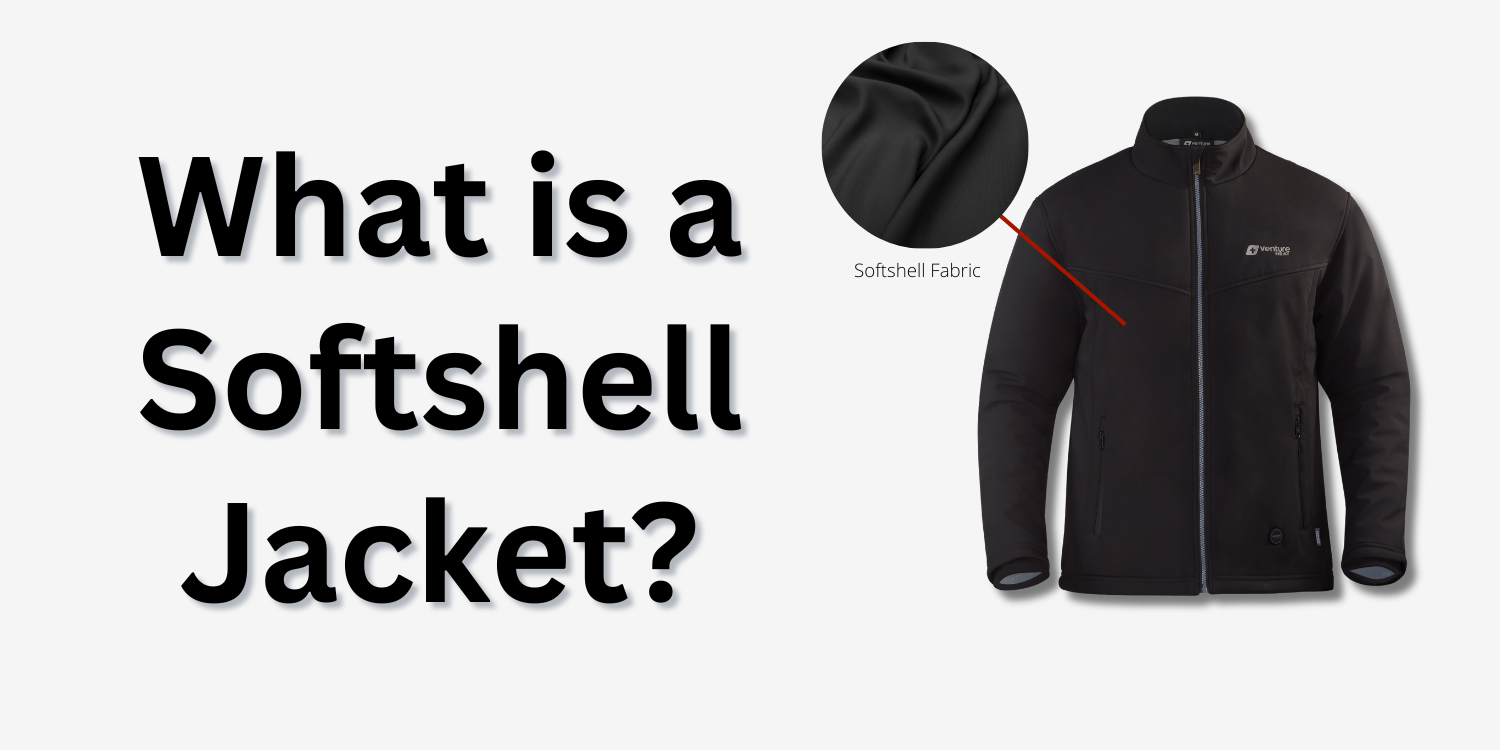
Softshell jackets have gained popularity as versatile outerwear garments that strike a balance between insulation, breathability, and weather protection. Made from a combination of synthetic materials, softshell fabric offers flexibility and comfort, making these jackets suitable for various outdoor activities. In this article, we will explore the characteristics of softshell jackets, their benefits, and how they differ from hardshell jackets and fleece jackets. Additionally, we will cover topics such as their warmth, wind resistance, washing instructions, and their suitability for winter wear.
What is a Softshell Jacket?
Softshell jackets are versatile outerwear garments that provide a balance between insulation, breathability, and weather protection. They are designed for outdoor activities and offer a comfortable alternative to traditional hardshell or fleece jackets. Here is everything you need to know about softshell jackets:
What is Softshell Fabric?/What are Softshell Jackets Made of?
Softshell fabric is a stretchy, flexible, and lightweight material that combines the properties of both a water-resistant shell and a breathable fleece. It is typically made from a blend of synthetic materials such as polyester, nylon, and elastane (spandex). The fabric is often laminated or treated with a durable water repellent (DWR) coating to enhance its water-resistance.
Are Softshells Warm?
Softshell jackets provide a moderate level of warmth. While they may not be as warm as heavily insulated jackets or down coats, they offer enough insulation to keep you comfortable during mild to moderately cold conditions. The fleece lining or brushed inner surface of the fabric traps body heat and provides a certain degree of thermal insulation. However, with the emergence of heated jackets like our Outlast 16W Heated Softshell Jacket, we would say that heated softshell jackets specifically, would definitely provide just as much warmth as an insulated jacket without the extra bulky layers.
Can You Wear a Softshell Jacket in Winter?
Yes, you can wear a softshell jacket in winter, but its suitability depends on the specific weather conditions. Softshells are ideal for aerobic activities in cool to cold weather, but they may not be sufficient for extreme cold or prolonged exposure to freezing temperatures. Layering a softshell jacket with additional thermal layers or investing in a good heated softshell jacket can help enhance its warmth and extend its use in colder climates.
Are Softshell Jackets Windproof?
Softshell jackets are designed to be wind-resistant rather than completely windproof. The fabric's construction and DWR coating help to reduce wind chill and protect against light to moderate wind gusts. However, in extremely windy conditions, a dedicated windproof layer or a hardshell jacket may offer better protection.
What are the Benefits of a Softshell Jacket?
Softshell jackets offer several benefits:
Versatility: Softshell jackets are suitable for a wide range of activities, including hiking, climbing, skiing, and everyday wear.
Breathability: The fabric allows moisture and excess heat to escape, preventing you from becoming sweaty and uncomfortable during active pursuits.
Flexibility and Comfort: Softshell jackets have a stretchy nature that provides freedom of movement and a comfortable fit.
Water Resistance: The DWR coating and water-repellent fabric help shed light rain and snow, keeping you dry in inclement weather.
Lightweight: Softshell jackets are typically lighter than hardshell jackets, making them more packable and convenient for travel
How to Wash a Softshell Jacket?
To maintain the performance and longevity of your softshell jacket, follow these washing instructions:
Check the care label for specific instructions, as different jackets may have different requirements.
Close all zippers and fasten any Velcro closures to prevent damage to the fabric.
Machine wash on a gentle cycle using a mild detergent specifically formulated for technical fabrics.
Avoid using fabric softeners, bleach, or harsh chemicals, as they can degrade the fabric's water-resistant properties.
Rinse thoroughly and remove any excess detergent.
Hang dry or tumble dry on low heat. Avoid high heat settings, as they can damage the fabric.
What is the Difference Between a Soft Shell and a Hard Shell?
The main difference between a softshell and a hardshell jacket lies in their construction and intended use:
Softshell jackets are more flexible, breathable, and stretchy, making them ideal for active pursuits where freedom of movement is essential. They provide good water resistance and moderate insulation but may not withstand heavy rain or prolonged exposure to wet conditions.
Hardshell jackets are designed for extreme weather conditions. They are made with fully waterproof and windproof materials
What is the Difference Between a Soft Shell and a Fleece Jacket?
Softshell jackets and fleece jackets differ in construction and intended use. Softshell jackets are made from stretchy synthetic materials and offer a moderate level of water and wind resistance, making them suitable for active outdoor activities. Fleece jackets, on the other hand, prioritize insulation and comfort with their fuzzy, insulating fabric. While softshell jackets excel in breathability, fleece jackets provide excellent warmth. Softshells are versatile for various outdoor pursuits, while fleece jackets are often used for colder conditions or as mid-layers.
Final Thoughts
Softshell jackets provide a practical and comfortable option for outdoor enthusiasts who require a balance of weather protection and breathability. With their stretchy and lightweight fabric, softshell jackets offer versatility across a range of activities and moderate insulation for cool to cold conditions. While they may not be as warm as heavily insulated jackets or as windproof as hardshell jackets, softshell jackets excel in providing a combination of flexibility, breathability, and water resistance. By understanding the unique properties of softshell jackets and their appropriate use, you can make an informed choice when selecting outerwear for your outdoor adventures.

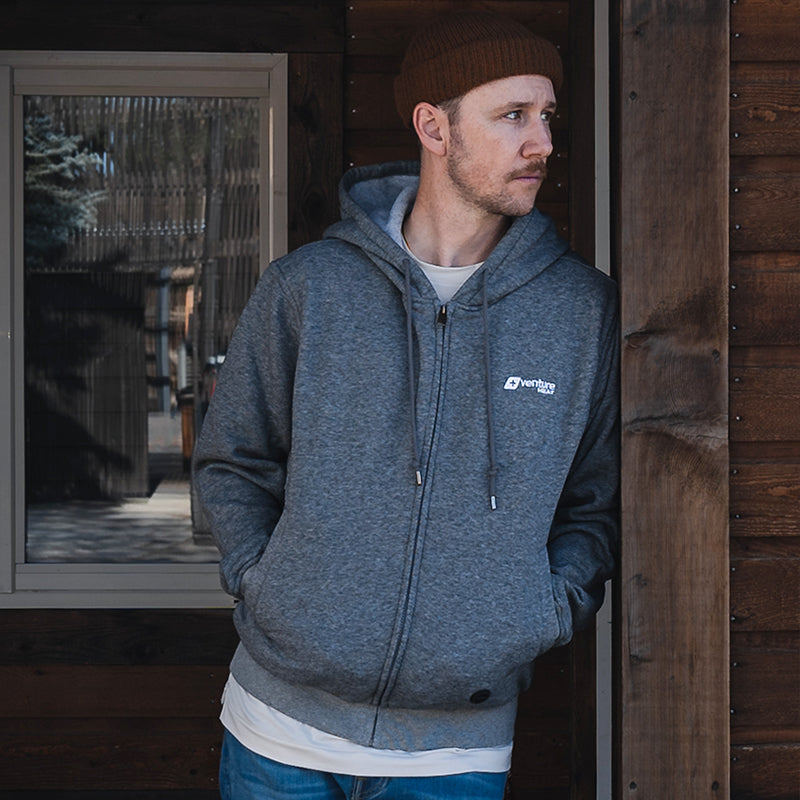
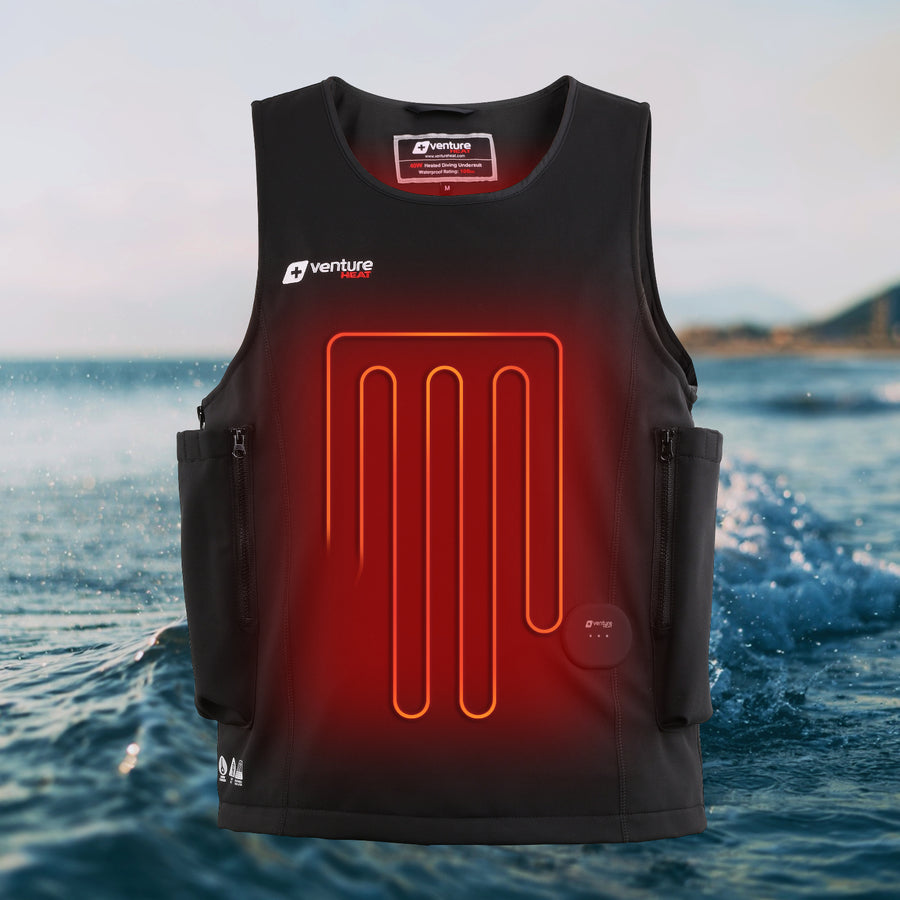
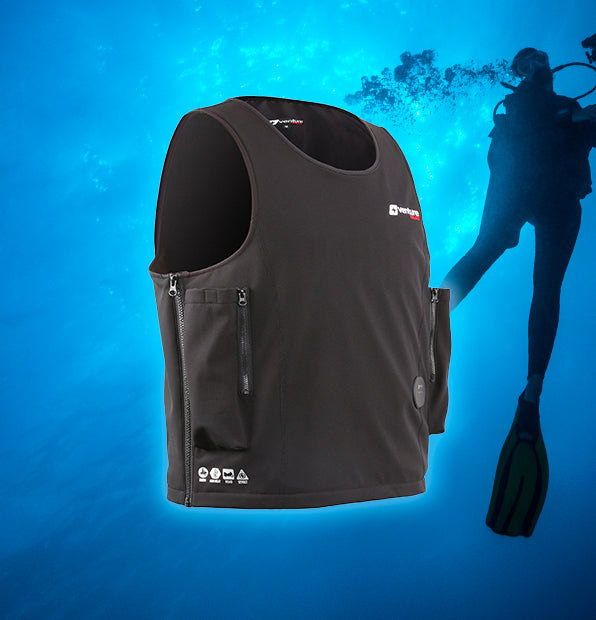






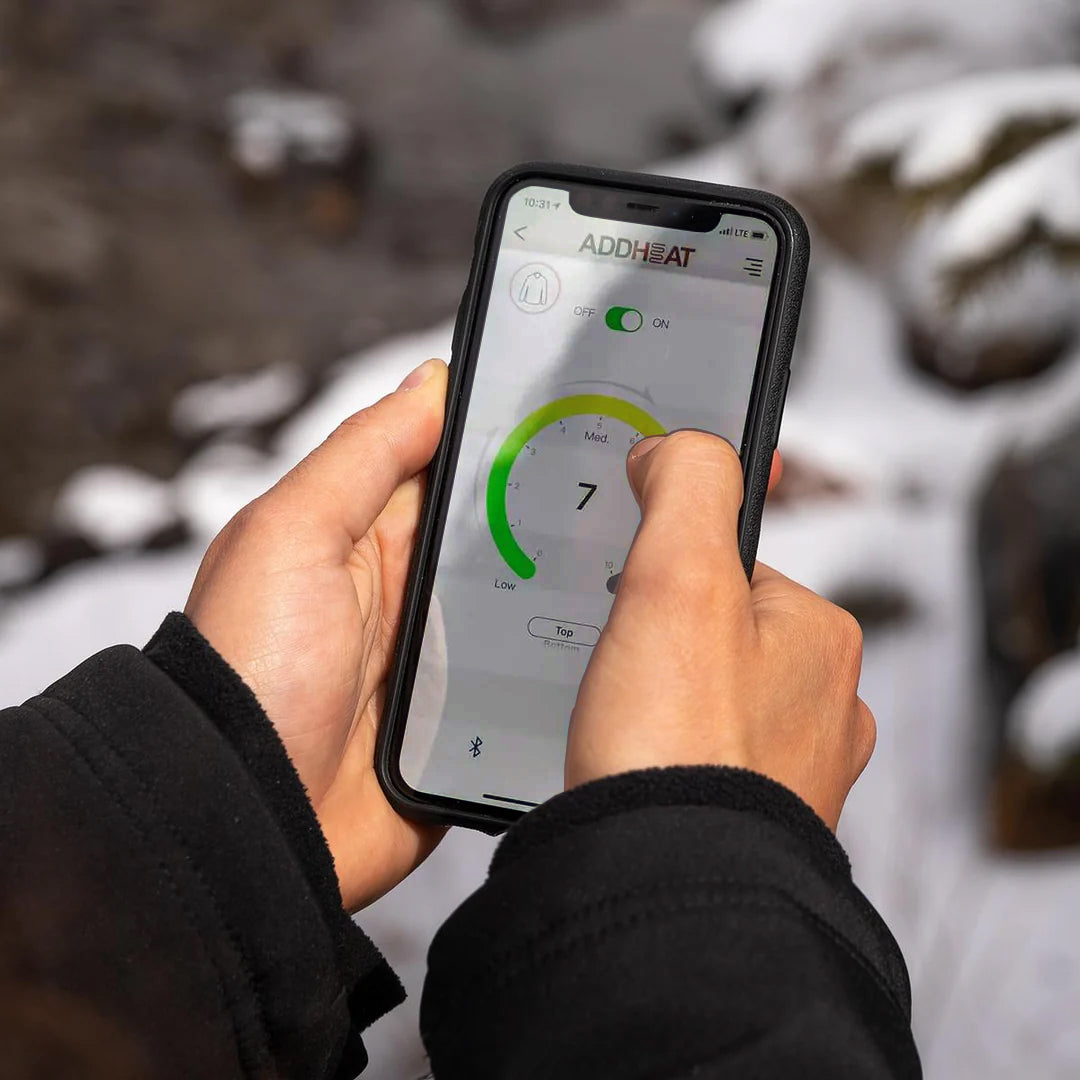
Leave a comment